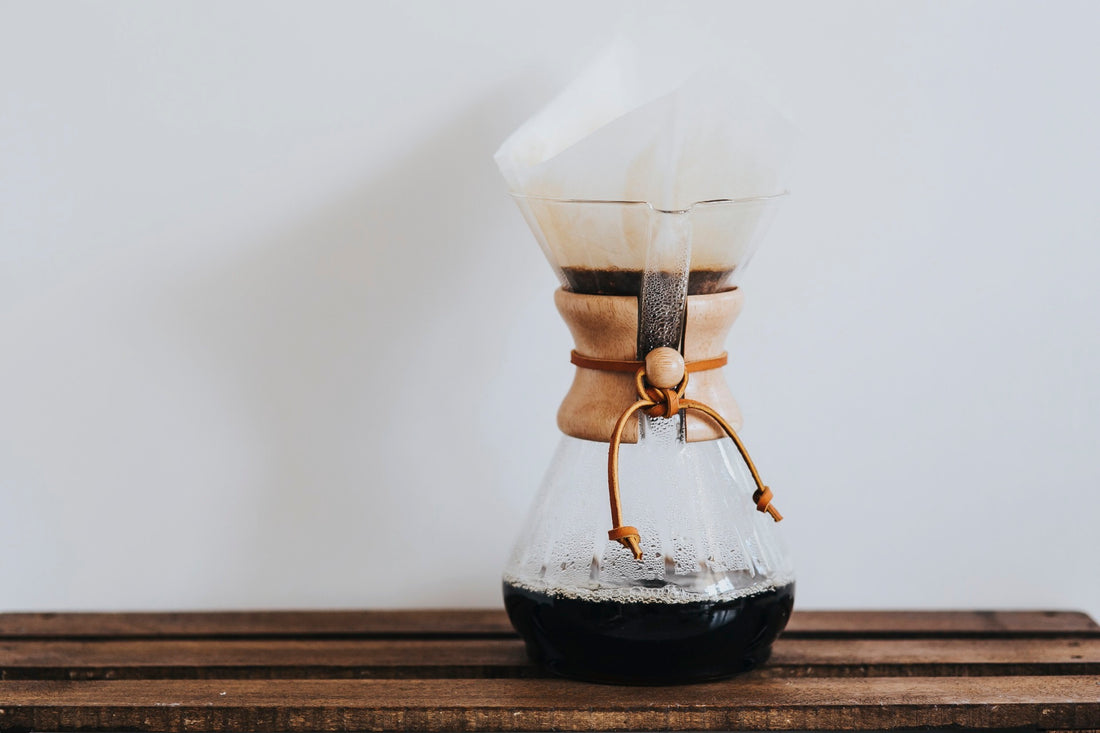
What Is The Best Way To Make Coffee
What Is The Best Way To Make Coffee
Each of these manual brewing methods work completely differently and yield a completely different brew. They each have strengths and weaknesses. Before you read about each method’s pros and cons, you may be interested to know that these methods share common traits and features.
The most important thing to know is that these methods all require the same accessories. Manual brewing methods require water heated from a kettle and a uniform grind from a burr grinder. These two investments will cover all your manual brewing needs regardless of which method you choose.
The next thing you should know is that all three of these methods yield a substantially better and more detailed taste compared to your average drip coffee pot. These coffee makers impart no additional flavors on your brew and allow you to control the parameters of the extraction. They allow you to make small adjustments in pursuit of the perfect cup.
Lastly, all three of these methods can be purchased inexpensively for 50 dollars or less on Amazon. There are some exceptions to this, but for the most part, manual brewing methods are much cheaper than their electronic counterparts.
Now we can move on to what makes each method unique.
THE AEROPRESS

The Aeropress consists of a brewing chamber, a filter attachment, and a plunger. The device rests on your cup and uses a paper filter just like a pour-over. However, it works by steeping coffee and then pressing down a plunger, similar to a French Press. The result is a clean tasting coffee with a surprising amount of nuance to the flavor.
The Aeropress is easily the most versatile gadget from this list. You control the coffee grind, coffee to water ratio, extraction time, and pressure. The design of the Aeropress supports large variations in each of these parameters. This leads to all sorts of various kinds of drinks including regular coffee, americano style coffee, and coffee concentrate (very similar to espresso).
Pros
- Easy to use with practice
- Forgiving of mistakes
- Fast brewing time
- Travels well
- Durable
- Makes many kinds of drinks
- Can make concentrated coffee similar to espresso
Cons
- Only makes a single cup at a time and must be repeated for more servings
- Somewhat unattractive for a coffee maker
THE FRENCH PRESS

The French Press consists of a brewing vessel and a mesh filter attached to a plunger. French Presses come in all different shapes and sizes and can be made from glass, stoneware, or stainless steel. The French Press only makes one type of hot coffee (with a very recognizable texture), but you can also use a French Press for cold brew as well as tea.
The French Press works by full immersion. You will basically steep the coffee grounds in water and then press down on the plunger. The plunger will push the grounds to the bottom of the pot and allow you to pour out the coffee. The French Press does not use a paper filter (unlike the other two methods from this list) and will leave a small amount of sediment at the bottom of your cup. French Pressed coffee has a certain heaviness to it (referred to as body) and is great for bold coffee lovers.
Pros
- One of the simplest to use of all coffeemakers
- Robust, bold coffee
- Can also be used for cold brew and tea
Cons
- Requires coarse grind and 3-4 minute extraction otherwise bitter coffee will result
- Coffee can be sometimes described as muddy, as the immersion dulls specific traits
- Leaves a bit of sediment in the bottom of your cup, so you will want to avoid taking the last sip
THE CHEMEX

The Chemex brewing method consists of a glass vessel and a unique filter. The Chemex filter is substantially thicker than other coffee filters and pulls out most of the coffee oils and all the sediment from a cup. The resulting brew is the cleanest, brightest cup on this list. This happens to be my favorite method to brew coffee.
The Chemex is basically a pour over device where the coffee is contained in the bottom. The thick filter regulates and slows down the flow of water and allows the flavor profile to develop while removing most of the body. Because of this, the Chemex has the longest brew time between these three methods.
Pros
- Clean tasting coffee with lots of nuances
- Almost no bitterness when brewed correctly
- A beautiful, simplistic design
- Available in many varied sizes
Cons
- Uses specific, branded filters that are more expensive than regular coffee filters
- The all-glass design is somewhat fragile
- The required technique needs to be somewhat precise (with regards to grind and pour)
WHICH IS BEST MANUAL BREWING METHOD?
Each method excels at a different brewing style, and ultimately the best one comes down to your taste. However, I have some preferences based on my experiences and I am happy to mention these below. Keep in mind, these are strictly my opinions.
Which method is easiest to use for beginners? The French Press
Which method is the most forgiving of mistakes? The Aeropress
Which method is the fastest? The Aeropress
Which method is the cheapest? The Aeropress, in most cases
Which method is the most versatile? The Aeropress
Which method makes the strongest tasting coffee? The French Press for a full cup, and the Aeropress for a concentrated cup.
Which method makes the best tasting, least-bitter coffee overall? The Chemex
Even though my favorite method is the Chemex, the Aeropress is certainly the most useful. In general, I recommend the Aeropress be your first coffee purchase if you don’t mind that it only makes single servings at a time.
